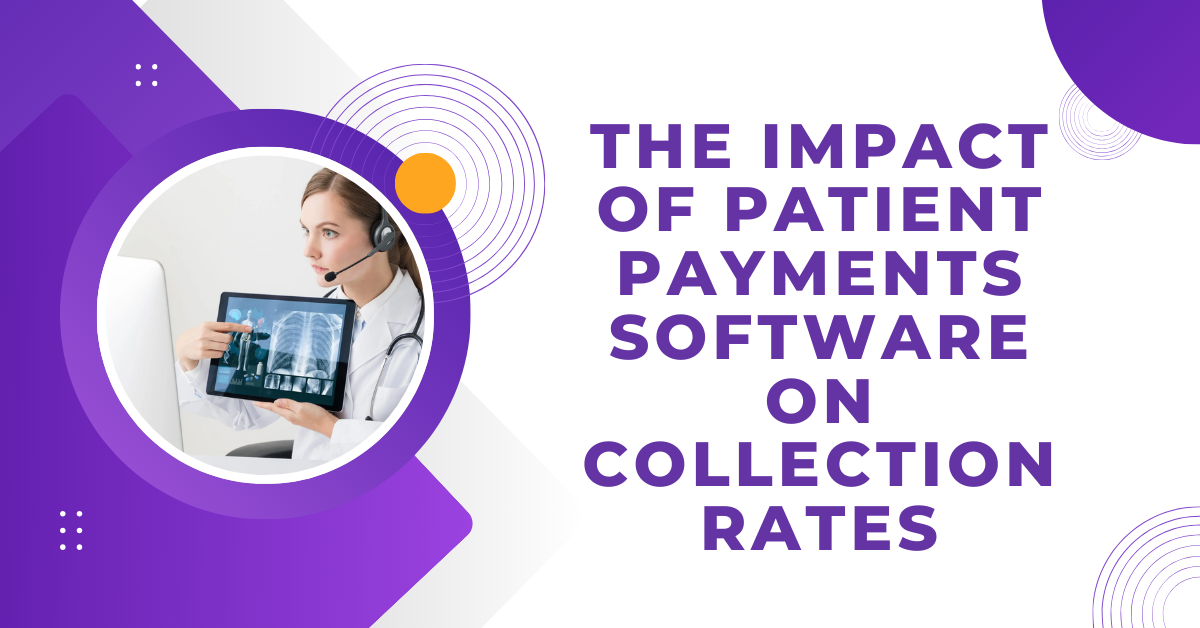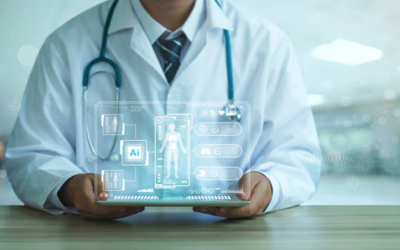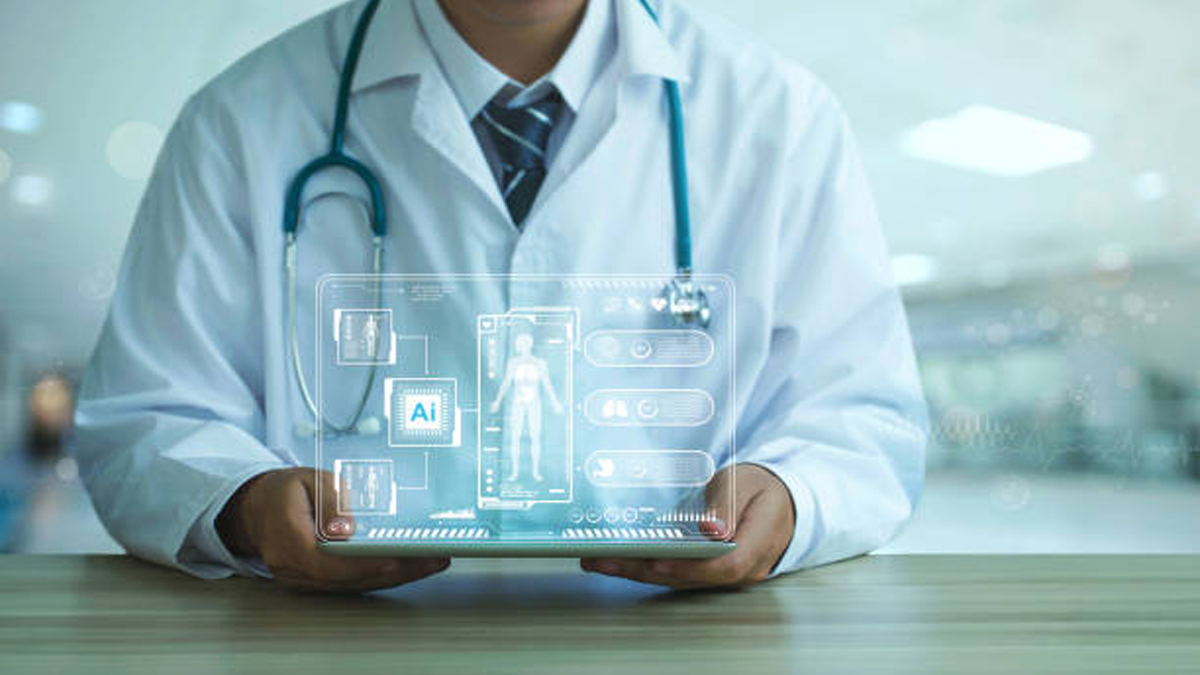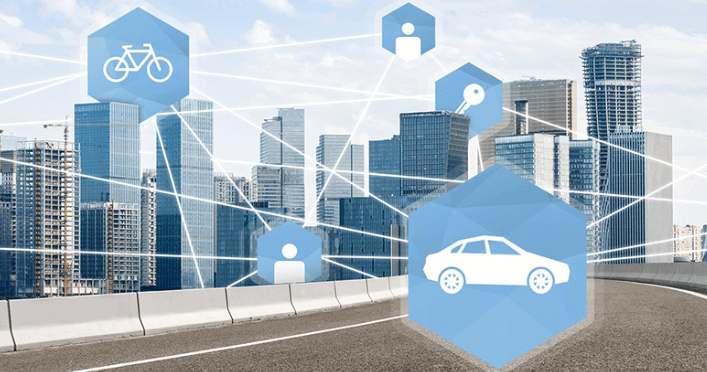The Impact of Patient Payments Software on Collection Rates

In today’s healthcare environment, managing finances effectively is as important as providing quality care. One area that has seen significant improvement is the collection of payments from patients. With the advent of patient payments software, healthcare providers can streamline their billing processes and improve their collection rates. In this blog, we will explore how patient payments software impacts collection rates, why it is important, and what features to look for to maximize its benefits.
Understanding Patient Payments Software
What is Patient Payments Software?
Patient payments software is a digital tool designed to manage the billing process between healthcare providers and patients. This software helps practices send out bills, accept payments, and track outstanding balances. With user-friendly interfaces and automated features, this software makes the payment process easier for both healthcare providers and patients.
Note – Are you ready to enhance your practice’s financial efficiency? Discover the benefits of Patient Payments Software by Blue Secure today! With user-friendly features and secure payment processing, this software can help streamline your billing process and improve collection rates. Don’t miss out on the opportunity to transform your patient payment experience. Visit Blue Secure to learn more and request a demo now!
How Does It Work?
The software typically integrates with existing healthcare management systems, allowing for seamless communication of patient information, billing details, and payment processing. When a patient receives care, their billing information is automatically generated and sent to the software. Patients can then view their bills online, make payments through a secure portal, and even set up payment plans if necessary.

The Importance of Collection Rates
Why Are Collection Rates Significant?
Collection rates refer to the percentage of payments collected by a healthcare provider compared to the total amount billed. High collection rates are vital for the financial health of any medical practice. When a practice can collect payments efficiently, it can reinvest in better equipment, hire more staff, and ultimately provide better patient care.
Challenges in Collection
Many healthcare providers face challenges in collecting payments. Patients may forget to pay their bills, encounter financial difficulties, or simply not understand their billing statements. Traditional billing methods, such as sending paper invoices, can lead to delays in payment. This is where patient payments software can make a significant difference.
How Patient Payments Software Improves Collection Rates
1. Simplified Billing Processes
One of the main benefits of patient payments software is the simplification of the billing process. The software allows practices to automate billing, which means fewer errors and faster processing times. When patients receive clear, concise bills electronically, they are more likely to understand what they owe and pay on time.
2. Enhanced Patient Communication
Effective communication is crucial for collecting payments. Patient payments software often includes features that facilitate communication with patients. For example, reminders can be sent via email or text message to inform patients about upcoming payments or outstanding balances. This proactive approach helps keep payments at the forefront of patients’ minds.
3. Multiple Payment Options
Offering patients various payment options can significantly boost collection rates. Patient payments software typically supports different methods of payment, including credit and debit cards, electronic checks, and even payment plans. When patients have the flexibility to choose how they pay, they are more likely to complete transactions promptly.
4. Improved Patient Experience
When patients have a positive experience with the billing process, they are more likely to return to the same provider for future care. Patient payments software enhances the patient experience by making it easy to view bills and make payments. A user-friendly interface and a secure payment portal can increase patient satisfaction, leading to better collection rates.
5. Automation of Follow-Ups
Following up with patients about unpaid bills can be time-consuming for healthcare providers. Patient payments software can automate this process, sending reminders and follow-up messages to patients about their outstanding balances. This not only saves time for the staff but also ensures that patients are consistently reminded about their payments.
6. Transparency in Billing
Transparency is key to building trust between healthcare providers and patients. Patient payments software provides detailed billing statements that clearly outline the services rendered and the associated costs. When patients understand what they are being charged for, they are less likely to dispute charges and more likely to pay their bills.
Key Features to Look for in Patient Payments Software
1. User-Friendly Interface
The software should have an easy-to-navigate interface for both staff and patients. A complicated system can lead to frustration and mistakes, ultimately affecting collection rates.
2. Integration Capabilities
Ensure that the patient payments software can easily integrate with existing healthcare management systems. This integration will streamline workflows and reduce the chance of errors in billing and payment processing.
3. Multiple Payment Options
Choose software that supports a variety of payment methods, including credit cards, debit cards, and electronic checks. The more options available, the more likely patients are to complete their payments.
4. Automated Reminders
Look for software that offers automated reminders and follow-ups for payments. This feature can significantly reduce the time and effort needed to collect outstanding balances.
5. Secure Payment Processing
Patient payment information is sensitive, and security is paramount. Ensure that the software complies with industry standards for data security to protect patient information during transactions.
6. Reporting and Analytics
A good software will provide reporting and analytics features. These tools can help healthcare providers track collection rates, identify trends, and make data-driven decisions to improve financial performance.
Conclusion
The impact of software on collection rates is profound. By simplifying billing processes, enhancing patient communication, and providing multiple payment options, this software enables healthcare providers to collect payments more efficiently and effectively. In a time when financial health is critical for medical practices, investing in this is not just a choice; it is a necessity.
As the healthcare landscape continues to evolve, embracing technology like this will be key to staying competitive and ensuring that practices can focus on what matters most: providing excellent care to patients. If you haven’t already implemented a patient payments software solution, now is the time to explore your options and see how it can transform your practice’s collection rates and overall financial health.
For more insightful articles related to this topic, feel free to visit todaybusinessposts.com











